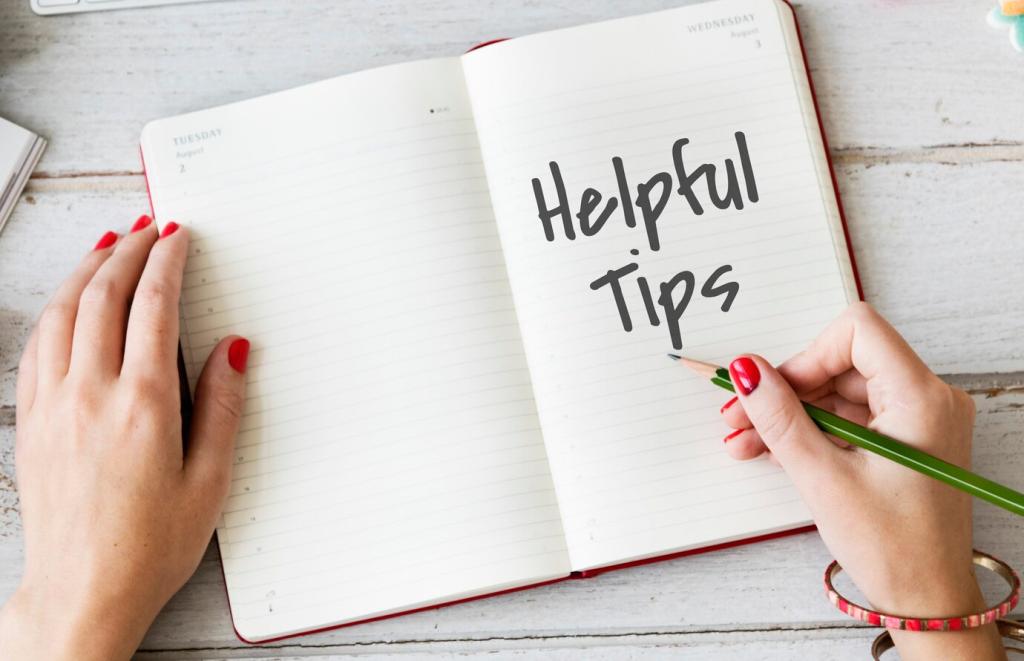Padding, Springs, and Support
Trace the original cushion, then cut new foam with a long bread knife or electric knife for smooth edges. Combine densities for support and plushness. Wrap with batting to soften lines. Tell us which foam supplier gave you accurate cuts and if you noticed seat height changes.
Padding, Springs, and Support
Wear gloves and eye protection when tensioning serpentine springs or stretching jute webbing. Use proper clips, tacks, or staples, and check alignment. A reader fixed a lumpy chair by rewebbing first; the fabric repair finally looked flawless. Share your rewebbing photos for peer feedback.







